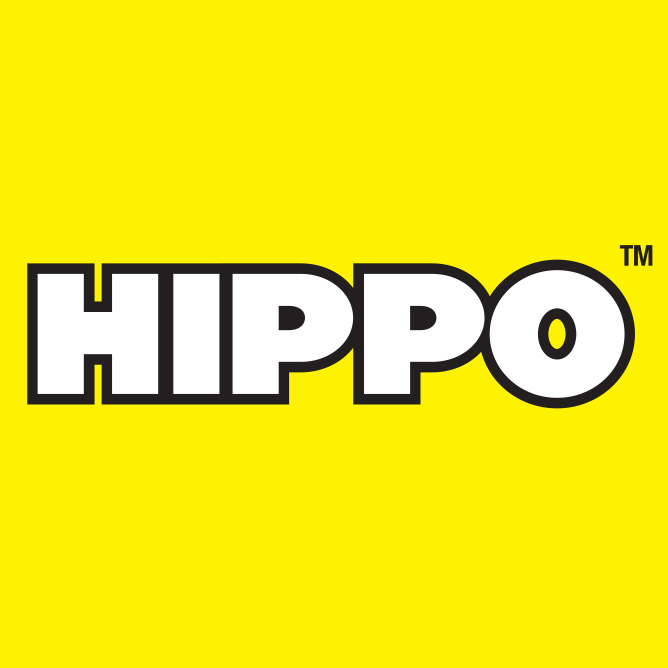What is Wishcycling? Examples, Impact & Tips to Avoid It
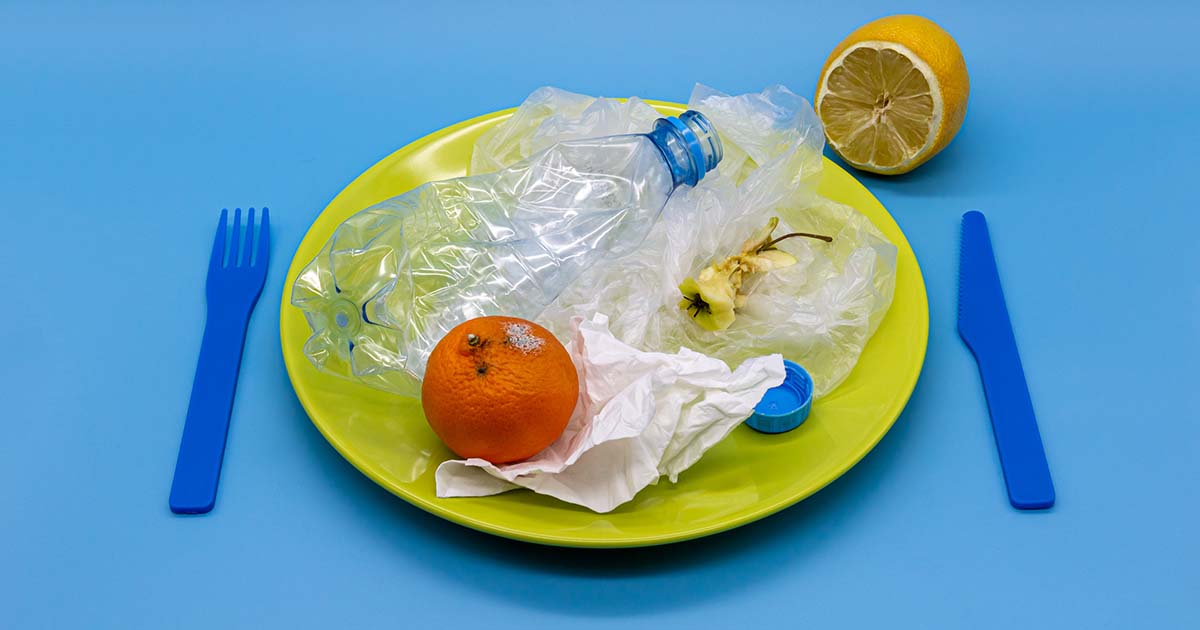
Wishcycling is the act of placing an item in the recycling bin that cannot be recycled. It's likely that you’ve already come across many wishcycling examples in your daily life without realising – from wet cardboard to cling film, disposable coffee cups and even tubs or jars with food stains on them.
It’s not to say these items cannot be recycled, though; it’s just that the recycling facility where your household waste collector sends them is unlikely to have the necessary equipment to process and recycle them.
Before you throw anything away or place it in the recycling bin, it’s always a good idea to check your local council’s recycling guidelines, as these can vary widely depending on where you live.
Impact of Wishcycling
It’s important to emphasise that most people who wishcycle are coming from a good place and are just trying to do their bit for the planet. However, wishcycling can end up doing more harm than good for a number of reasons.
The Risk of Contamination: Types of Plastic
A common misconception is that all recyclables are built equally, but this couldn’t be further from the truth.
Plastics are a great example as they’re one of the most difficult items to recycle.
Plastic can be categorised by its Resin Identification Code (RIC). The easiest plastics to recycle are:
- Polypropylene (PP) - used to make plastic bottles, jars and yoghurt containers.
- Polyethylene Terephthalate (PETE) - usually found in clothing fibres and other textiles.
- High Density Polyethylene (HDPE) - used to make cleaning product bottles and other similar items.
Plastics that either can’t be recycled or need to be recycled in a specialist facility include:
- Low Density Polyethylene (LPDE) - usually used to make squeeze bottles such as toothpaste containers.
- Polystyrene (PS) - commonly used to make food cartons and packaging peanuts, often found in cardboard boxes containing fraglie items.
- Polyvinyl Chloride (PVC) - used in the casing for wires and other types of cables, as well as in water pipes and window frames.
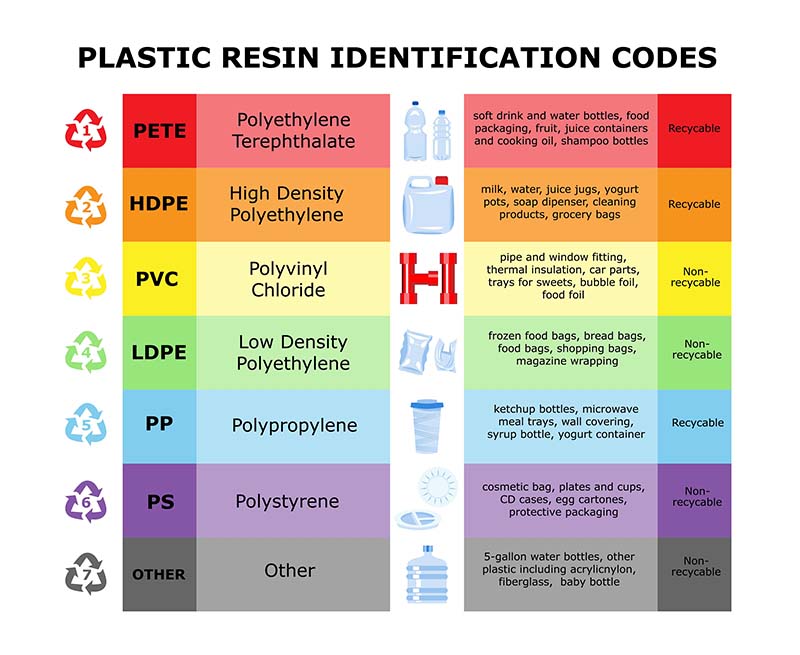
Each type of plastic is assigned a 'grade' or classification, denoting what type of plastic resin was used to create the item. For example, PPs have been given a grade of 5, PETEs – a grade of 1, and HDPEs – a grade of 2.
These grades refer to the way in which the plastic polymers are bonded together.
Though the numbers associated with each grade aren’t necessarily assigned in ascending or descending order (i.e., a grade of 5 isn’t necessarily better than a grade of 1 or vice versa), it does let us know which plastics can be used, moulded and reworked several times over and which ones cannot.
During the recycling process, less malleable polymers in plastics like LDPE, PS, and PVC can contaminate the more malleable polymers in HDPE, PET, and PP, resulting in raw material mixtures that are unsuitable for making new items.
What Happens If the Wrong Items Are Put into the Recycling Bin?
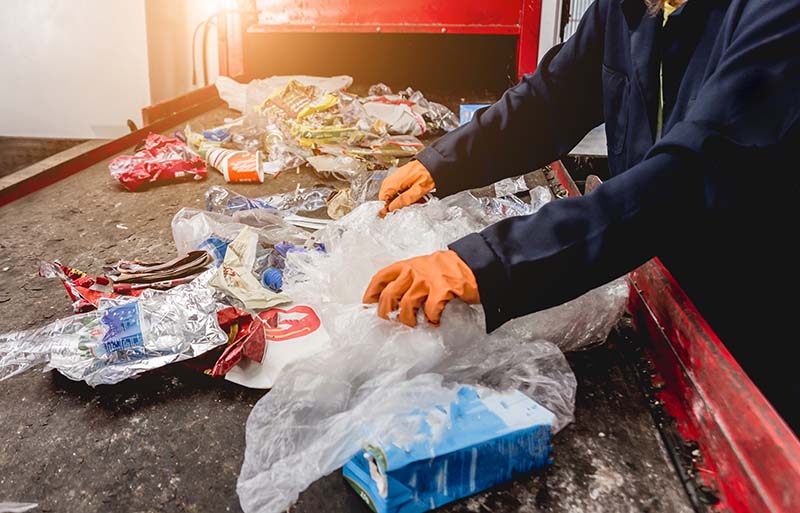
When wishcycling occurs and plastics with less malleable polymers are mixed in with those with malleable polymers, in the best-case scenario, a recycling facility will have the resources available to sort through these household plastics, identifying and removing the plastics that can’t be as easily recycled to ensure that all that’s left is the recyclable plastics.
However, this process can consume time and financial resources that could be better spent increasing the capacity of the UK’s recycling facilities.
That’s the best-case scenario.
In the worst-case scenario, if these different types of plastics aren't thoroughly sorted, raw materials that could have been recycled are discarded due to contamination. The fact that nearly 17% of otherwise recyclable waste can’t be recycled due to contamination, and that 84% of UK households regularly include non-recyclable items in their recycling bins (Biffa & WRAP, October 2022), should be concerning wishcycling statistics for anyone committed to creating a more sustainable world.
What can you put in your recycling bin?
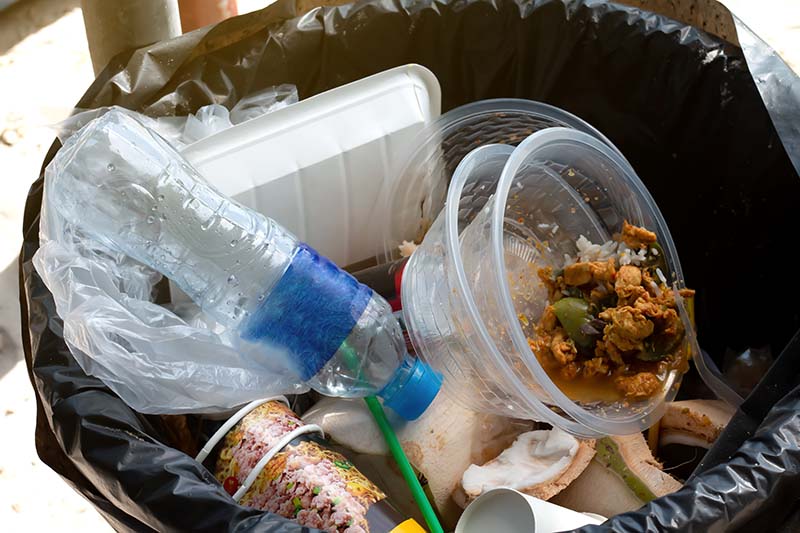
A three-and-a-half-year study by Lancaster University, released in 2024, found that people were more aware of the negative implications of increased food waste but less aware of the risks associated with placing the wrong kind of packaging in their recycling bins.
Further complicating the matter, people were hesitant to properly rinse food packaging – especially from raw meats or fish – due to hygiene concerns. As a result, not only was the wrong type of packaging mixed with recyclables, but it also contained food waste, leading to further contamination.
In light of these findings, it’s important to remember that wishcycling is a form of aspirational recycling. People are trying to do the right thing, but whether due to misinformation or unrealistic expectations of recycling facilities, they’re actually making the situation worse.
How to keep recycling from turning into wishcycling?
Below, we’ve listed some key tips to avoid wishcycling at home.
Recycling DOs
- DO recycle most forms of paper and cardboard, including newspapers, magazines, cardboard boxes, food delivery bags and boxes (not contaminated with food or grease), junk mail, toilet roll tubes etc.
- DO recycle empty plastic bottles (including those used to hold drinks, cleaning products, mouthwash, milk)
- DO recycle empty aerosols (i.e., deodorants or air fresheners)
- DO recycle tins and cans
- DO recycle glass bottles and jars
- DO recycle plastic pots (i.e., yoghurt, soup, cosmetics packaging)
- DO recycle plastic tubs (i.e., butter, margarine)
Recycling DO NOTs
- DO NOT put any food or drink container in the recycling bin without first thoroughly rinsing it out
- DO NOT recycle batteries at home – take them to a supermarket that offers battery recycling
- DO NOT recycle plastic bags/shopping bags at home – take them to a supermarket that offers plastic bag recycling
- DO NOT recycle vapes at home – take them to a vape shop or supermarket that offers to recycle them for you
- DO NOT recycle plastic peanuts, polystyrene or other forms of protective materials used in packaging.
You can find more tips on recycling by visiting our guide to what can and can't be recycled.
To stay up to date with your local council’s recycling guidelines and find useful information on waste and recycling in your area, these tools and apps can help:
If you'd like to arrange a collection for large electrical items, green waste, or other difficult-to-recycle items, take a look at our rubbish clearance services or get in touch today, and a member of our friendly team will be happy to assist you.

